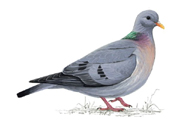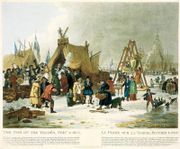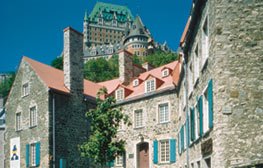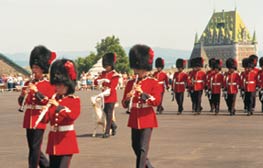Well ducks, there is always more to say on a subject than I really have room for, but I promised you some roses.
What I should tell you is that often questions come up - did they have yellow roses then? Woe betide the historical writer if one puts something in a book and you are wrong. Now there is author's licence to tell a story, but you can't get good old facts wrong. Well Mottisfont Abbey proves to be a font of knowledge on the subject of roses.
It was the Empress Josephine, Napolenon's first wife who started an extensive collection of Roses at Malmaison who also started the modern craze for the flower. Here are a couple of examples that might well have been in her garden.
 This is Rosa Gallica from a watercolor by Alfred Parsons. It was brought from Persia (Now Iran) to France by the Crusaders and reputed to be the religious emblem of the medes and Persians in the 12th century BC. Its petals retain their fragrance when dried. They were used for conserves and there were industries to make them in Mitcham in Surrey and Provins in France, hence their other names-- Rose of Provins or the Apothecaries' Rose. It is also the Red Rose of Lancaster.
This is Rosa Gallica from a watercolor by Alfred Parsons. It was brought from Persia (Now Iran) to France by the Crusaders and reputed to be the religious emblem of the medes and Persians in the 12th century BC. Its petals retain their fragrance when dried. They were used for conserves and there were industries to make them in Mitcham in Surrey and Provins in France, hence their other names-- Rose of Provins or the Apothecaries' Rose. It is also the Red Rose of Lancaster.The yellow rose is Rosa hemispherica or The Sulphur Rose. So now I can happily put yellow roses in my books because this one was known before 1625. See what I mean about characters in one era also being awed by what they saw, much as we in awe today?

True crimson roses came from China in the 1800s as hybrids. So, my dear, no matter what color I choose for the roses in my Regency books, I know I am safe. Do I have roses in any of my books? Well, I do have a story in mind in which my heroine is interested in gardens, so this information might well come in handy. And there is nothing wrong with the scene that has any hero scattering rose petals on the bed!!!!
I thought you might also enjoy this vew of the Pergola in the grounds of Mottisfont. Gorgeous is the only word I can think of. My guess is that this picture was taken in June.

I promised you a rose garden (hmm sounds like the lyrics of a song). I also promised a visit to the nearby Mottisfont village,a typical estate village that would have grown up first near the priory and later be supported by the "big house", but alas we have run out of time after our extended walk through the rose garden, so I will save that delight for Monday.
Happy rambling.
















